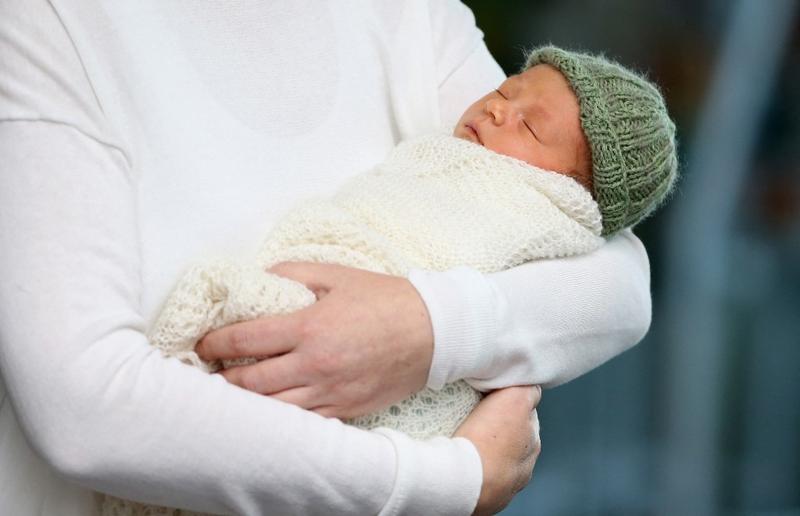 New Zealand Prime Minister Jacinda Ardern holds her baby daugther Neve Te Aroha Ardern Gayford outside a hospital in Auckland on June 24, 2018. (PHOTO / AFP)
New Zealand Prime Minister Jacinda Ardern holds her baby daugther Neve Te Aroha Ardern Gayford outside a hospital in Auckland on June 24, 2018. (PHOTO / AFP)
WELLINGTON - New Zealand's total fertility rate in 2020 was down to 1.61 births per woman, its lowest recorded level, and below the population replacement rate of 2.1, according to the statistics department Stats NZ on Thursday.
Based on birth rates in 2020, New Zealand women would average 1.61 births over their lifetime.
"Fertility rates in New Zealand were relatively stable between 1980 and 2012, but have generally decreased since then," population estimates and projections manager Hamish Slack said in a statement.
Since 2013, the number of women of reproductive age has increased by 11 percent and the number of births has decreased by 2 percent
Since 2013, the number of women of reproductive age has increased by 11 percent and the number of births has decreased by 2 percent, Slack said.
READ MORE: High cost of raising children behind low birth rate
In 2020, there were 57,753 live births registered in New Zealand, down 2,064, or 3 percent, from the previous year. There was also a 2 percent increase in the number of women aged 15-49 years (those of general reproductive age), according to Stats NZ.
Most babies registered in 2020 were conceived before New Zealand moved to COVID-19 alert level 4 on March 25, 2020. Data to be released in May 2021 will include births that were conceived during the lockdown restrictions, it said.
In 2020 there were 32,613 deaths registered in New Zealand, down 5 percent from 2019, statistics show.
ALSO READ: UN report: S. Korea birth rate world's lowest in struggle for balance
Annual deaths in general are gradually increasing over time, despite increasing life expectancy, because of general population growth and more people in older age groups where most deaths occur, Stats NZ said.
Drops in the number of deaths happen from time to time, despite a growing and aging population. However, the latest fall coincided with lockdown restrictions as a result of the COVID-19 pandemic. Alert level restrictions, including stay-at-home instructions, limits on travel, and increased hygiene awareness, may have played a part in the reduced number of deaths, it said.



